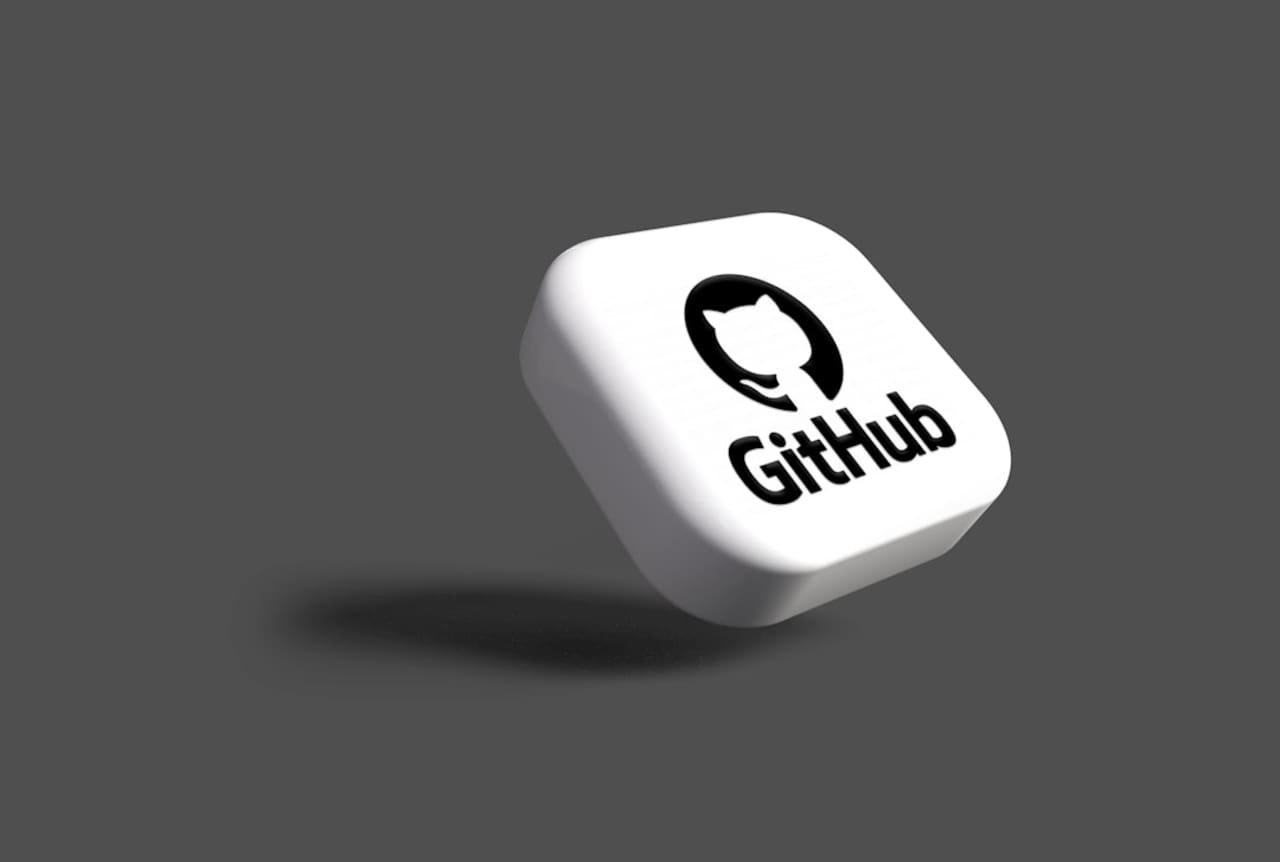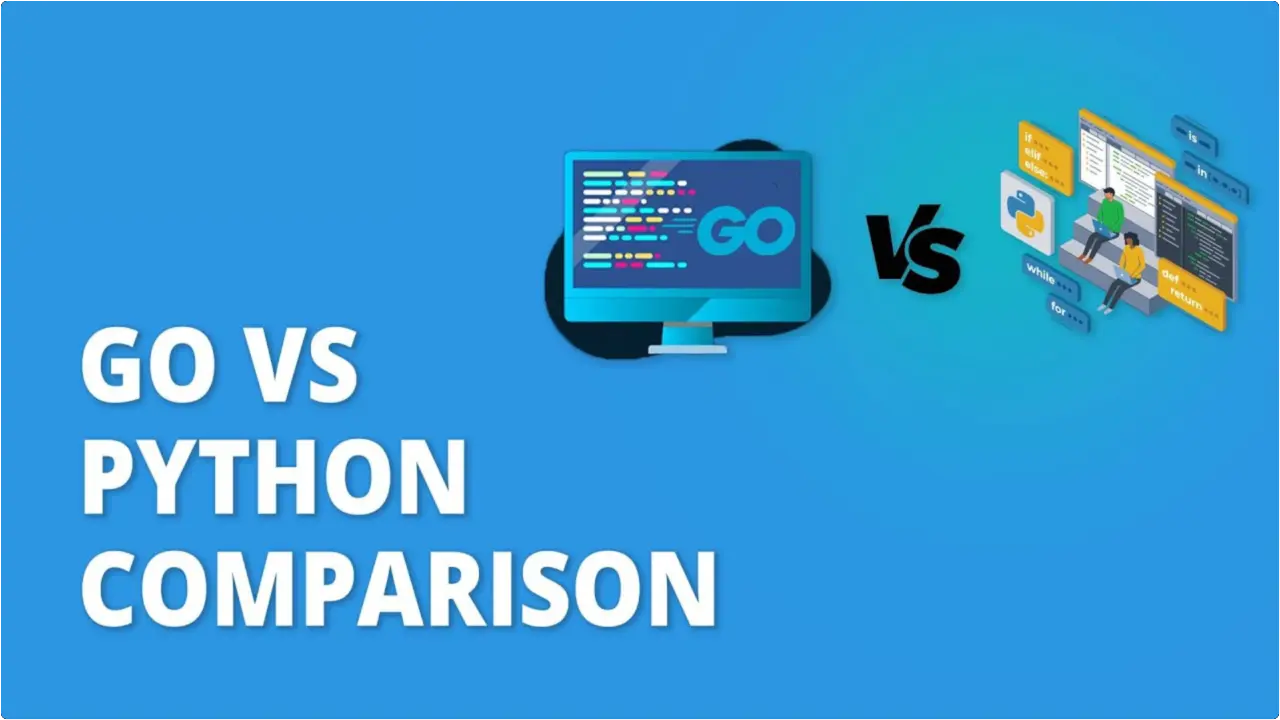Understanding Error Handing in Golang
- With Code Example
- August 25, 2023
Strategies and Examples for Handling Temporary and Final Errors in Golang
Series - Golang Best Practices
- 1: Introduction to Golang Best Practices
- 2: Code Formatting and Style - A Guide for Developers
- 3: How To Handle Errors In Golang Effectively
- 4: Concurrency and Goroutines - Learn Parallelism in Golang
- 5: Memory Management in Golang - Safeguarding Efficiency and Stability
- 6: Testing, Benchmarking and Continuous Integration in Golang
- 7: Performance Optimization in Golang
- 8: Package and Module Design in Golang
- 9: Security Best Practices for Go Applications
- 10: Documentation and Comments in Go
- 11: Debugging Techniques in Golang
- 12: Continuous Improvement and Code Reviews
- 13: Understanding Error Handing in Golang
As a developer proficient in Golang, you understand that effective error handling is a critical aspect of writing robust and reliable software. In complex systems, errors can take various forms, including temporary glitches and final failures. In this article, we’ll explore the best practices for handling both temporary and final errors in Golang, accompanied by illustrative code examples.

Understanding Temporary and Final Errors
Temporary errors are transient issues that might occur due to temporary network disruptions, resource limitations, or other non-permanent factors. These errors can often be resolved by retrying the operation after a short delay. On the other hand, final errors are more severe and indicate that an operation cannot be completed successfully, even with retries.
Best Practices for Handling Temporary Errors
Retry Mechanism: Implement a retry mechanism for temporary errors. This involves catching the error, waiting for a brief period, and then attempting the operation again.

Exponential Backoff: Gradually increase the delay between retries using exponential backoff. This helps prevent overwhelming the system with repeated requests and allows time for potential transient issues to subside.
Retry Count Limit: Set a limit on the number of retries to prevent infinite loops in case the error persists.
Context Usage: Utilize the context package to manage retries and cancellations effectively. This ensures graceful termination of retries when necessary.
Code Example: Handling Temporary Errors
package main
import (
"fmt"
"net"
"time"
"context"
)
func fetchDataWithRetry(ctx context.Context) error {
retryCount := 0
maxRetries := 3
for {
// Simulate a temporary error
conn, err := net.Dial("tcp", "example.com:80")
if err != nil {
fmt.Println("Temporary error:", err)
if retryCount >= maxRetries {
return fmt.Errorf("max retries reached, giving up")
}
select {
case <-ctx.Done():
return ctx.Err()
case <-time.After(time.Duration(retryCount) * time.Second):
retryCount++
continue
}
}
// Successfully fetched data, process it
_ = conn.Close()
return nil
}
}
func main() {
ctx := context.Background()
err := fetchDataWithRetry(ctx)
if err != nil {
fmt.Println("Final error:", err)
}
}
In this example, the fetchDataWithRetry function attempts to establish a connection to a server using exponential backoff for temporary errors. The retry mechanism is controlled by the context, and a final error is returned if the maximum number of retries is reached.
Best Practices for Handling Final Errors
Logging and Alerting: Log final errors comprehensively to provide meaningful information for troubleshooting. Implement alerting mechanisms to notify relevant teams or individuals.

Graceful Degradation: Design your application to gracefully degrade functionality in the face of final errors. This might involve switching to fallback mechanisms or providing alternative features.
User-Friendly Messages: Display user-friendly error messages when encountering final errors. This helps users understand the issue and take appropriate actions.
Code Example: Handling Final Errors
package main
import (
"errors"
"fmt"
)
func processUserData(userID int) error {
// Simulate a final error
if userID <= 0 {
return errors.New("invalid user ID")
}
// Process user data
fmt.Println("Processing user data for ID:", userID)
return nil
}
func main() {
userID := -1
err := processUserData(userID)
if err != nil {
fmt.Println("Final error:", err)
// Display user-friendly message or switch to fallback
}
}
In this example, the processUserData function encounters a final error when provided with an invalid user ID. The main function handles this error by logging it and could potentially display a user-friendly message or switch to a fallback mechanism.
Conclusion
Effective error handling is crucial for building reliable software, especially in a language like Golang. By distinguishing between temporary and final errors and applying appropriate strategies, you can ensure your applications are resilient and user-friendly. With the best practices outlined in this article and the accompanying code examples, you’re equipped to handle both temporary glitches and final failures in your Golang projects. Remember, a well-structured error handling strategy contributes to the overall stability and success of your software solutions.





